China National Park Database
Three-River-Source(Sanjiangyuan) National Park (三江源国家公园)
Qinghai Province
Date established: March, 2016
Website (Chinese): http://sjy.qinghai.gov.cn/
Overview:
The Three-Rivers-Source National Park (Chinese: 三江源; pinyin: Sanjiangyuan) is an area in the Tibetan Plateau in Qinghai Province, China, which represents the source of three great rivers of Asia: the Yellow River, the Yangtze River, and the Mekong River. This national park consists of 18 subareas. In 2015, the Chinese government decided to implement a new national park system. Three-River-Source (Sanjiangyuan) National Park is the first pilot park, established in March of 2016.
Tourism attractions:
Sustainability issues:
- Comprehensive protection/conservation planning
- Local community participation – employ local/indigenous residents as tour guides and commentators and integrate local knowledge into tourism activities and environmental education
- Improve the environmental protection system, and organically integrate the animal husbandry industry of indigenous people with the wildlife ecosystem in the park.
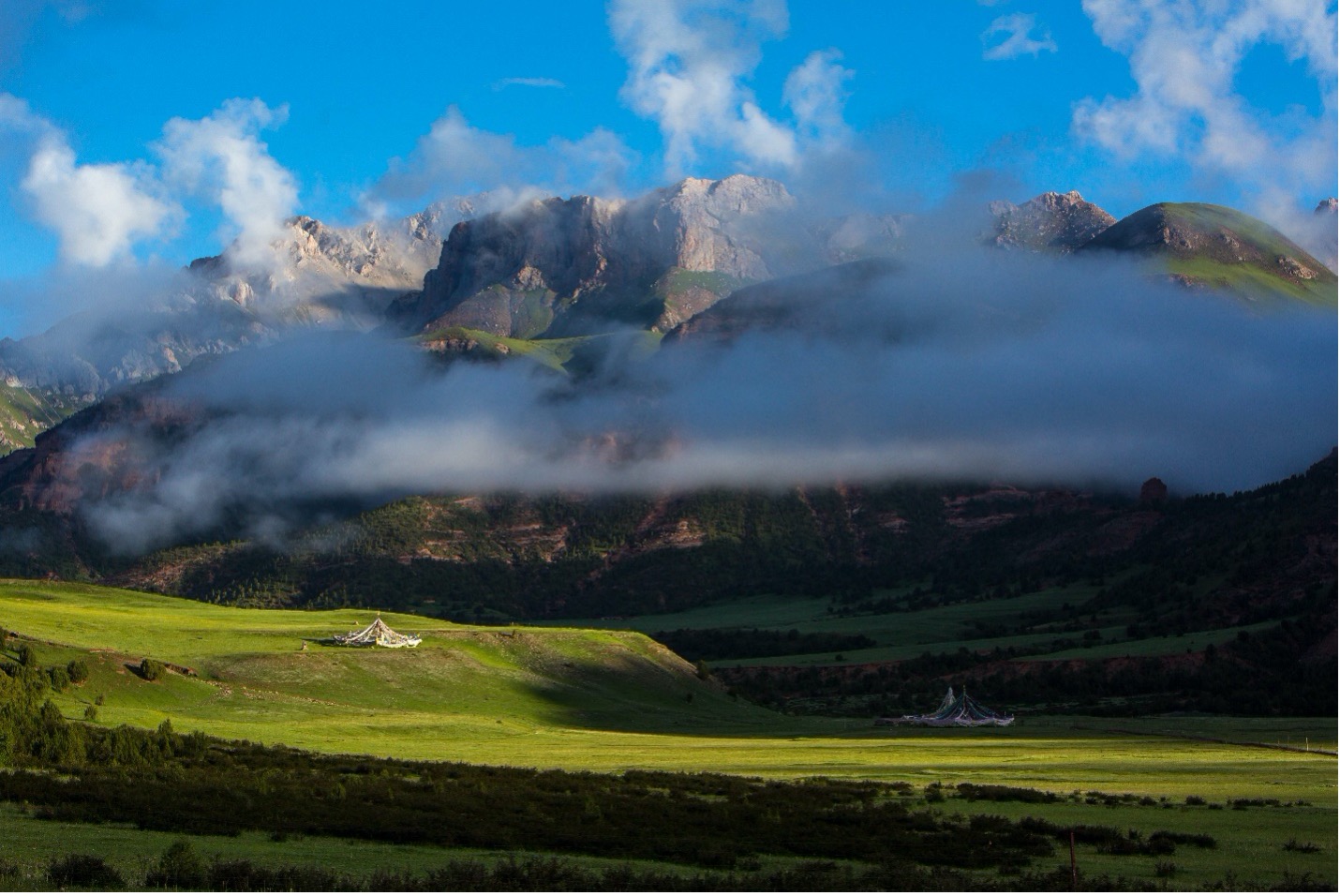

Research assistants
Shaoxuan Cheng
Shaoxuan Cheng (程绍轩)
MTM-China Cohort 9
I am Shawn. I love to travel, drink cold coke, and dream of fishing in Tahiti and Canada.
Hanxu Fan
Hanxu Fan (范寒煦)
MTM-China Cohort 9
I’m Frank from Tianjin Province, and I like movie editing. My research interest is tourist behavior.
Chuhan Liu
Chuhan Liu (刘楚涵)
MTM-China Cohort 9
I’m Jimmy, a 25-year-old boy studying at Central China Normal University, and now I’m an environmentalist.
Giant Panda National Park (大熊猫国家公园)
Shaanxi Province, Sichuan Province & Gansu Province
Date established: October 29, 2018
Website (Chinese): http://www.giantpandanationalpark.com/
Overview:
Giant Panda National Park was established in 2018, extending across three provinces in central China (Sichuan, Shaanxi, and Gansu provinces) with the primary aim of protecting and restoring giant panda habitat in that region.
Tourism attractions:
- China Conservation and Research Center for Giant Pandas
- Sai Ling Snow Mountain
- White Horse Wang Lang Scenic Area
Sustainability issues:
- Management – balance zoning, development, resource protection, and managerial integration
- Policy – clarify policies and improve conservation funding mechanisms
- Science / Technology – incorporate big data technology to inform “smart park” management and construction
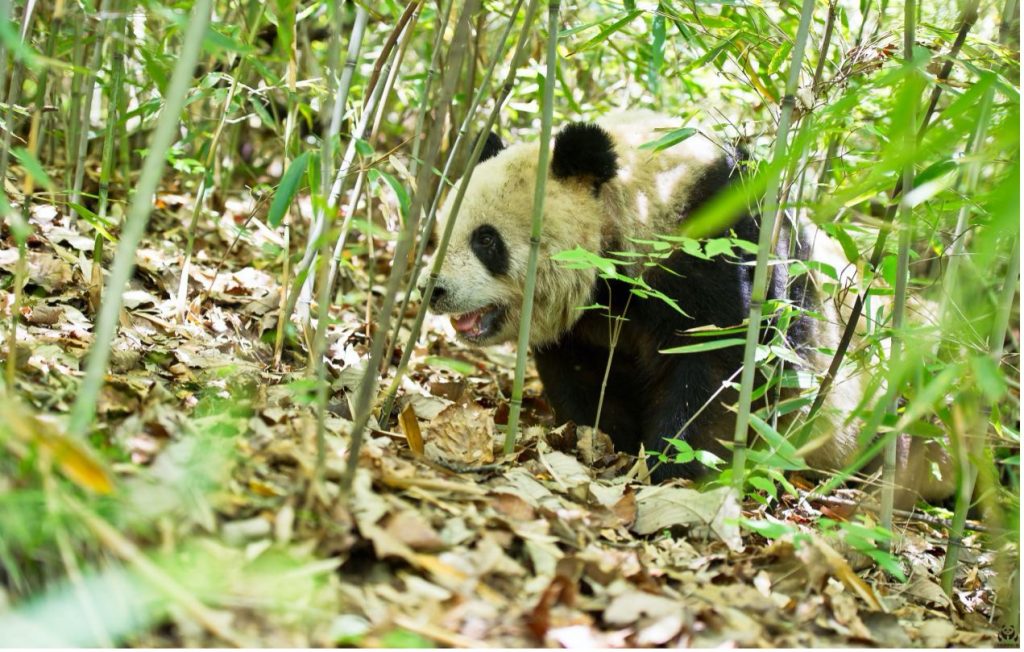
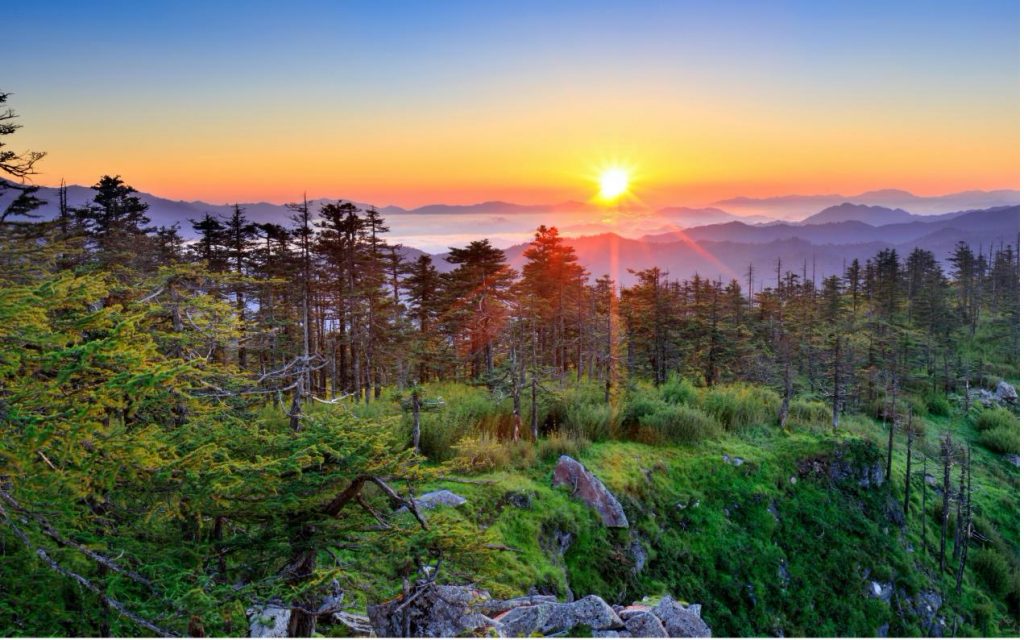
Research assistants
Zi Ni
Zi Ni (倪梓)
MTM-China Cohort 9
A person who loves life and does what she wants to do.
Yue Sun
Yue Sun (孙悦)
MTM-China Cohort 9
A person who loves to laugh.
Ying Wei
Ying Wei (魏颖)
MTM-China Cohort 9
I love life, love everything, and hope we can become healthy and happy people.
Northeast Tiger Leopard National Park (东北虎豹国家公园)
Jilin and Heilongjiang Provinces
Date established: August 19, 2017
Website (Chinese): http://hubaogy.cn/index/index/index.html
Overview:
The Northeast Tiger Leopard National Park was officially established on August 19, 2017. It is located in Northeastern China (Jilin and Heilongjiang Provinces), covering nearly 14,600 square kilometers. It aims to protect and restore the habitats and wild population of northeastern tigers and leopards.
Tourism attractions:
- Daxinggou-Shifodong Forest Park
- Dongjing City (capital of the ancient Jin Dynasty)
- Wangqing Lanjia Arboretum
Sustainability issues:
- Eco-migration – need for enterprises to assume administrative functions and the problems of ecological migration and livelihood transformation
- Develop a market-based mechanism for local livelihood improvement – speed up the transfer of the social functions of the state-owned forest industry to the government and optimize the capital structure of residents’ livelihoods
- Sustainable forest product sourcing – establish a central forest farm outside the central reserve
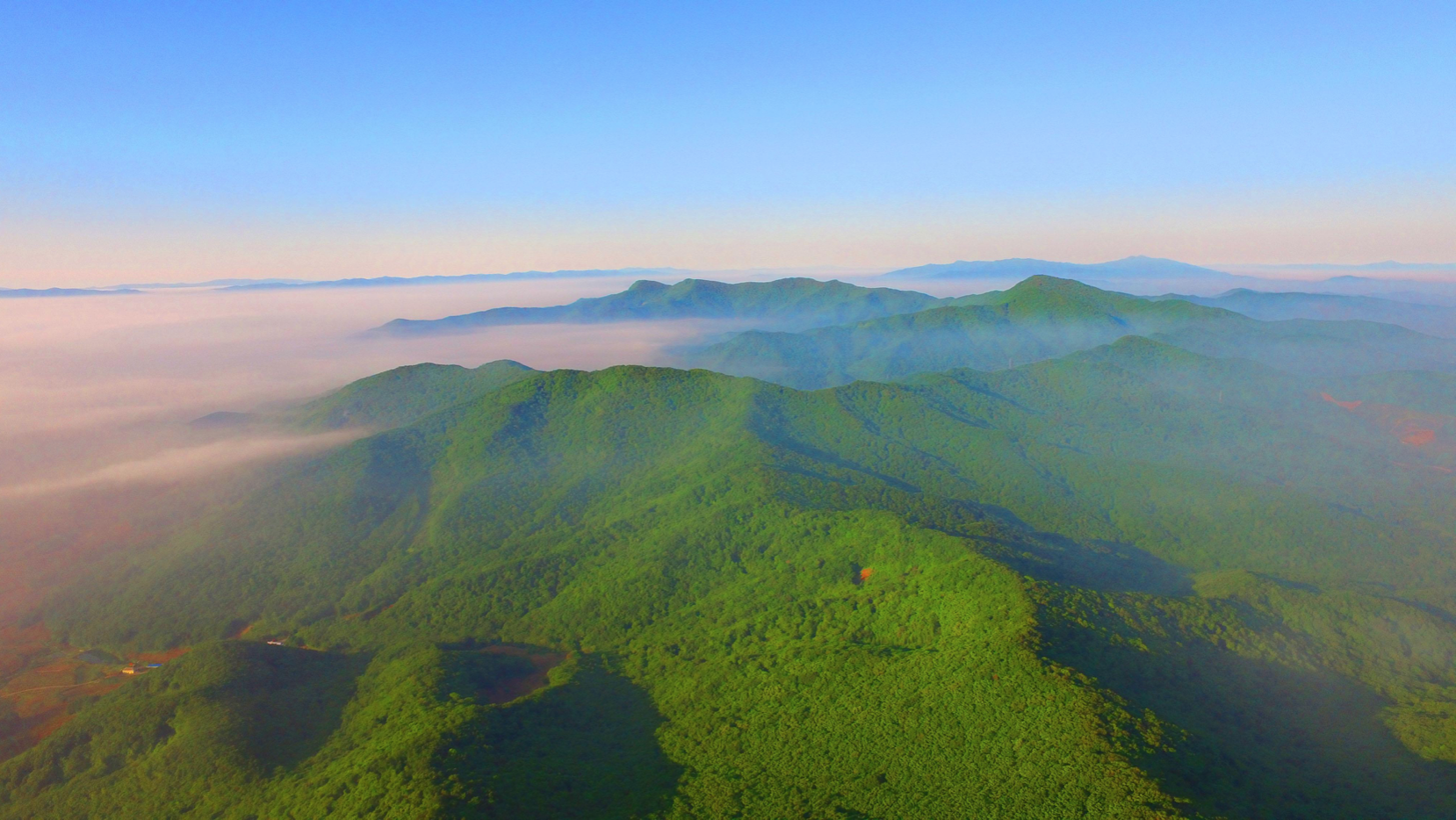

Research assistants
Sensen Zhu
Sensen Zhu(朱森森)
MTM-China Cohort 9
My research direction is urban recreational space and live tourism delivery. I love guitar and travel.
Jiong Li
Jiong Li (李炅)
MTM-China Cohort 9
I’m Dawn. I like table tennis and hip-hop music. The research field I am interested in is national parks!
Minjian Zhou
Minjian Zhou (周敏健)
MTM-China Cohort 9
I’m Sean. I prefer music (Taylor Swift fan!), and my interest in research is tourism psychology.
Potatso (Pudacuo) National Park (普达措国家公园)
Yunnan Province
Date established: October 26, 2016
Website (English): http://www.pdcuo.com/english/index.html
Overview:
Potatso National Park, established as one of the ten Chinese (pilot) national parks in October 2016, is located in Diqing Tibetan Autonomous Prefecture, Yunnan Province, China. The park covers an area of 737 square kilometers, with rich natural resources and ecological landscapes.
Tourism attractions:
Sustainability issues:
- Institutional governance – enhance the status and powers, and responsibilities of the Pudacuo Park management agency to support ecological protection and construction.
- Funding – Continue to improve a guaranteed funding mechanism
- Joint development – strictly follow the guidance of China’s new national park system, increase efforts in ecological protection and the protection of the lives of indigenous residents

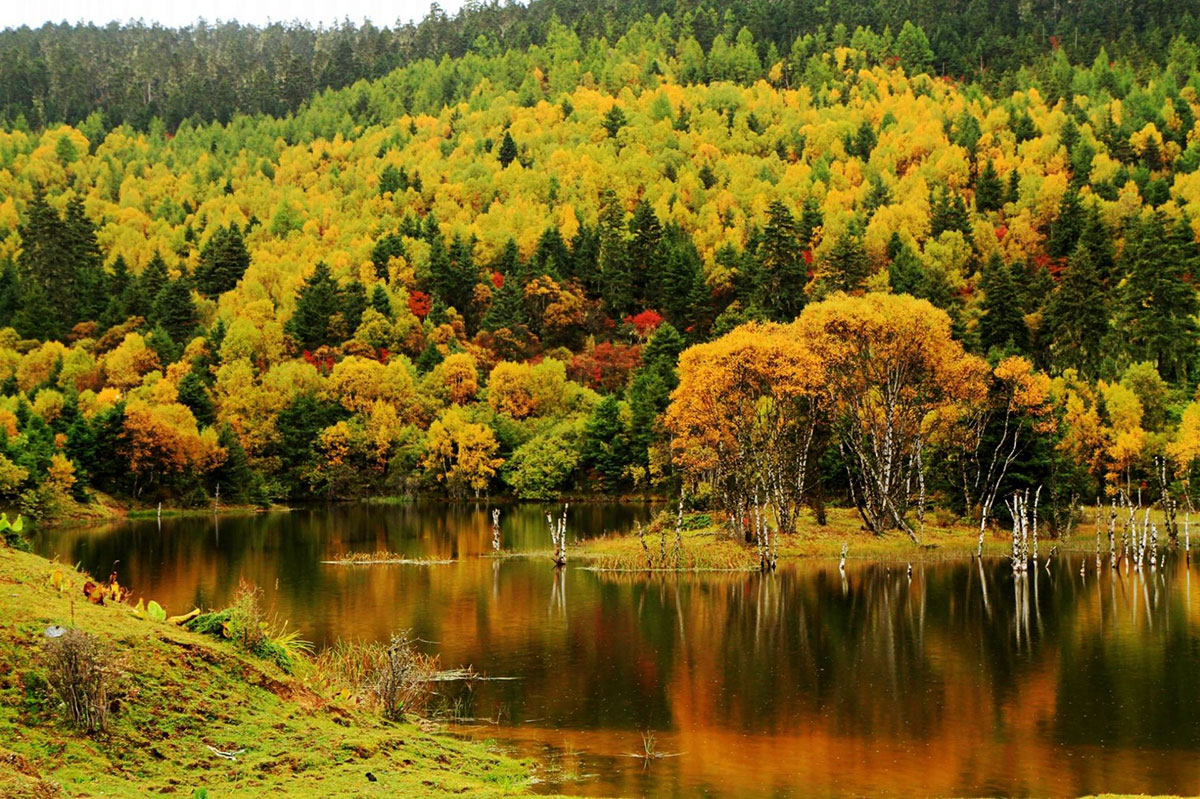
Research assistants
Yunhan He
Yunhan He (何蕴涵)
MTM-China Cohort 9
I’m a hotpot lover (famous Chinese food) who likes to travel and who loves life.
Lanxi Wang
Lanxi Wang (王澜汐)
MTM-China Cohort 9
I’m a hotpot enthusiast.
Faxun Hou
Faxun Hou (侯发勋)
MTM-China Cohort 9
LA Lakers fan.
Shennongjia National Park (神农架国家公园)
Date established: November 17, 2016
Website (Chinese): http://www.snjpark.com/
Website (English): N/A
Overview:
Shennongjia National Park, established in November 2016, is located in central Hubei Province, China. This area constitutes the watershed of the Yangtze and Hanjiang Rivers, which are important water resources of the area.
Tourism attractions:
Sustainability issues:
- Hydro resources – loose soil, coupled with large rainfall, creates landslides and debris flow; water used by local residents for living and working is polluting the local rivers, and dams have greatly affected the ecological environment of the river
- Deforestation – when the People’s Republic of China was founded (1949), the state carried out large-scale excessive felling, destroying forest vegetation that has yet to recover

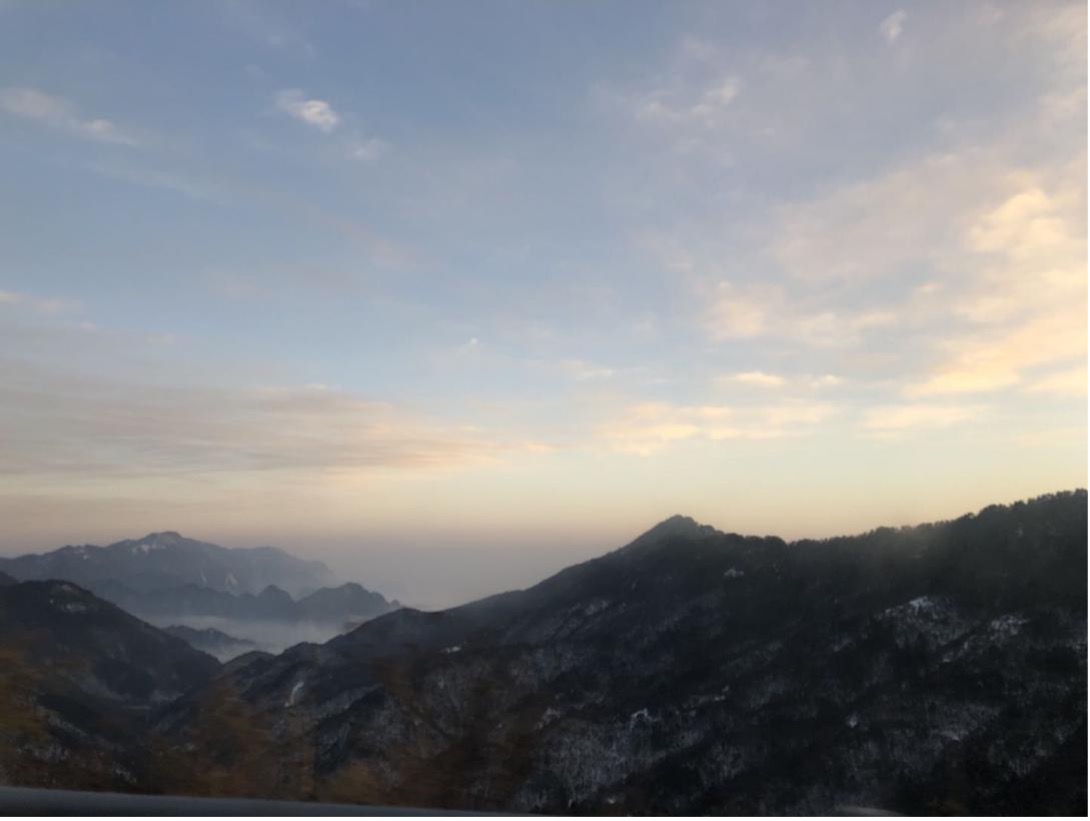
Research assistants
Haipeng Wang
Haipeng Wang (王海鹏)
MTM-China Cohort 9
I am from Xiangyang City, Hubei Province and my hobby is photography.
Weizhi Su
Weizhi Su (苏伟志)
MTM-China Cohort 9
I’m from Hengshui City, Hebei Province and I like to travel to national parks.
Yao Tong
Yao Tong (童尧)
MTM-China Cohort 9
Travel enthusiast.
Qianjiangyuan National Park(钱江源国家公园)
Zhejiang Province
Date established: July 15, 2016
Website (Chinese): http://www.qjynp.gov.cn/
Overview:
Qianjiangyuan National Park, located in Kaihua County, Zhejiang Province, is the birthplace of the Qiantang River. It has a large area of primeval forests and is the main habitat for rare and endangered species, such as the white-necked long-tailed pheasant and the black chamois.
Tourism attractions:
Sustainability issues:
- Legal system – laws and regulations of Qianjiangyuan National Park remain separated in different sets of regulations (e.g., Nature Reserves, Scenic Areas or National Forest Parks); there is no systematic/overarching law governing Qianjiangyuan National Park
- Easement – collective woodland easements cost too much; resident awareness must be increased to encourage resident support for ecological conservation
- Streamlined governance – there are too many institutions and confusion; the area’s protection mechanism over time has changed, resulting in many overlapping institutions, so the issue of jurisdiction ownership needs to be solved
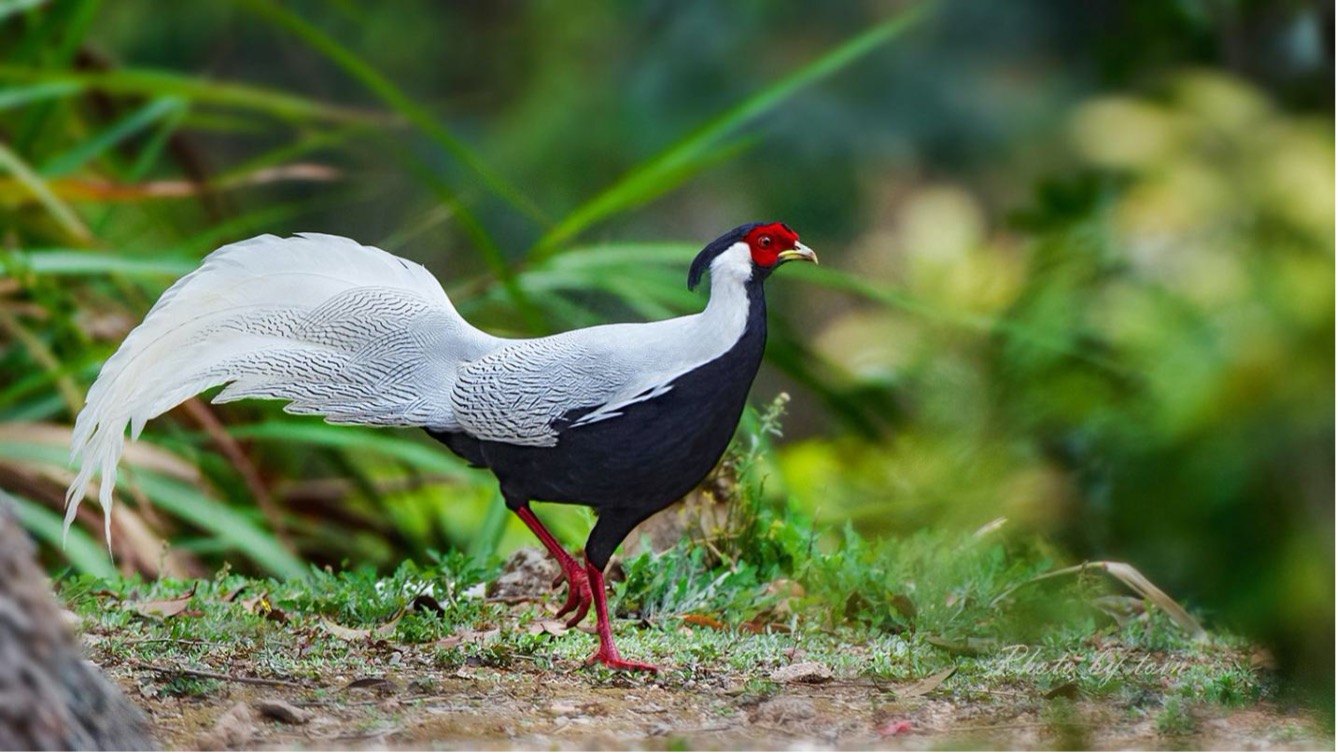
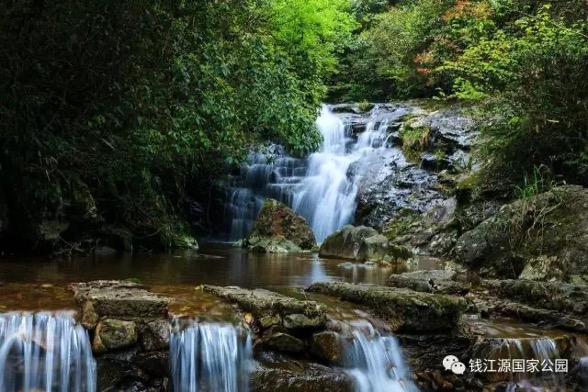
Research assistants
Xuanjie Yang
Xuanjie Yang (杨煊杰)
MTM-China Cohort 9
I am from Xiangyang City, Hubei Province, and I love traveling.
Xingchen Lin
Xingchen Lin (林星辰)
MTM-China Cohort 9
I am from Xiangyang city, Hubei Province, and I like the ancient Chinese language and literature.
Tianrun Chen
Tianrun Chen (陈天润)
MTM-China Cohort 9
I am from Jingzhou city, Hubei Province, and I love playing basketball.
Nanshan National Park (南山国家公园)
Hunan Province
Date established: August 8, 2016
Website (Chinese): http://www.nsgjgy.com/
Overview:
Nanshan National Park was established in August 2016. It is one of China’s first ten pilot national parks, located in Hunan Province with a total area of 635.94 square kilometers.
Tourism attractions:
Sustainability issues:
- Bird Poaching – to improve the living environment, local villagers will catch birds, so it’s necessary to publicize protection awareness of birds and form relevant regulations to improve the protection awareness among residents
- Livelihoods – problems such as returning farmland to forests, felling indiscriminately, and seizing forest land have aggravated soil erosion and natural resources in Hunan Nanshan National Park, so the local government needs to provide corresponding jobs for residents within the national park and promote awareness of environmental protection
- Balance of Humans and Nature – the value of Hunan Nanshan National Park lies in its biological diversity; residents should thus protect the environment while recognizing our vital dependence on nature
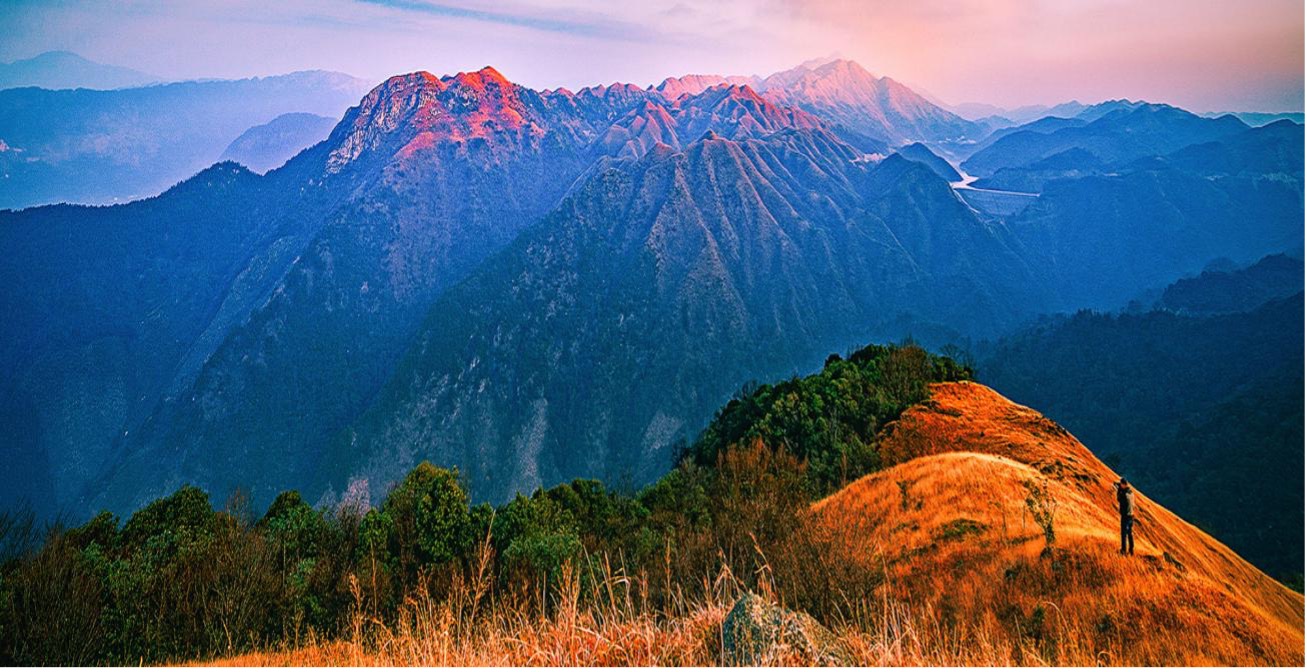
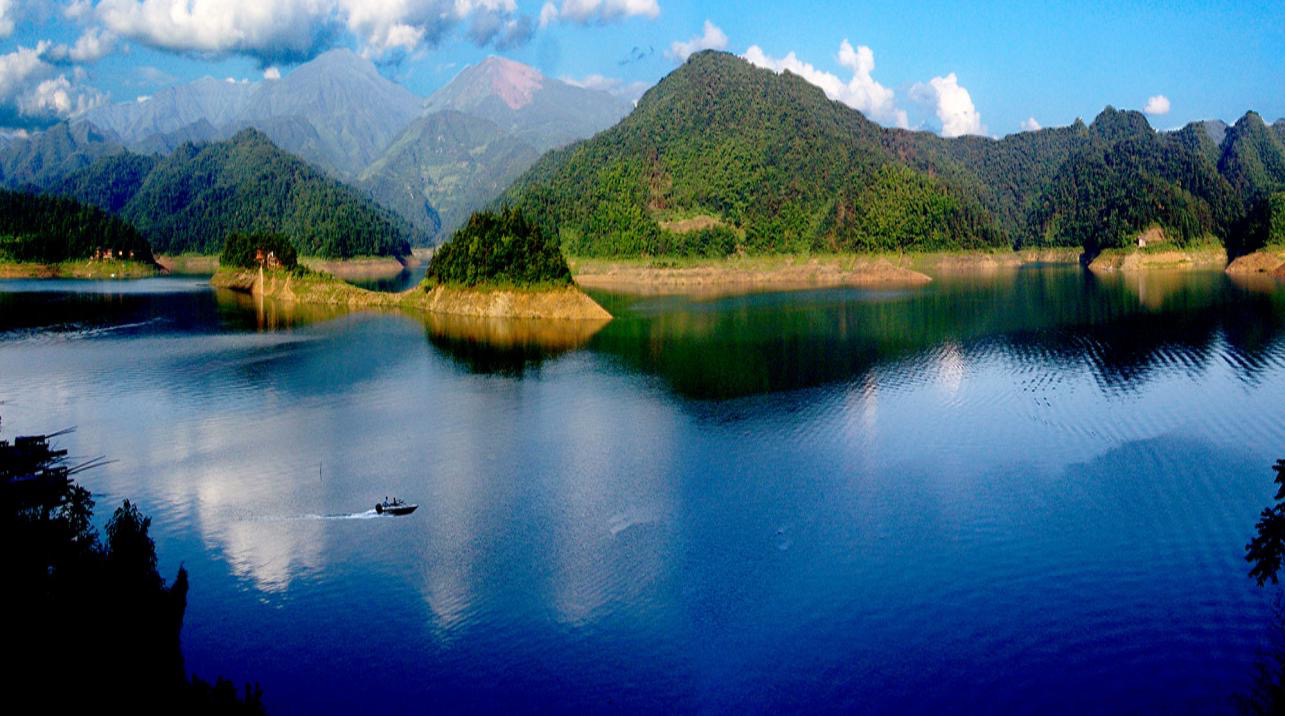
Research assistants
Yizheng Zhao
Yizheng Zhao (赵逸政)
MTM-China Cohort 9
You can call me Eason. I’m from Wuhan, Hubei Province.
Linkun Yang
Linkun Yang (杨林坤)
MTM-China Cohort 9
I’m from Chengdu, China, which is the hometown of the giant pandas and hot pot. My research interest is food tourism.
Nianhao Xu
Nianhao Xu (许年浩)
MTM-China Cohort 9
I’m Nick and I’m from Hefei, the capital of Anhui Province, China. I love nature tourism.
Wuyishan National Park (武夷山国家公园)
Fujian Province
Date established: June 2016
Website (Chinese): http://wysgjgy.fujian.gov.cn/
Overview:
Wuyishan officially became part of the ten pilot national parks in China in June 2016. Located in Fujian Province, it was the only one of the original ten to join UNESCO’s Man and the Biosphere program. It also has UNESCO World Heritage Site status.
Tourism attractions:
Sustainability issues:
- Temporal Scale – the park must effectively address both immediate and long-term interests
- Visitor Awareness – strengthen marketing / communication to improve ecological awareness among visitors
- Conservation Support – improve resident awareness of and support for conservation efforts, and improve the living standards of community residents
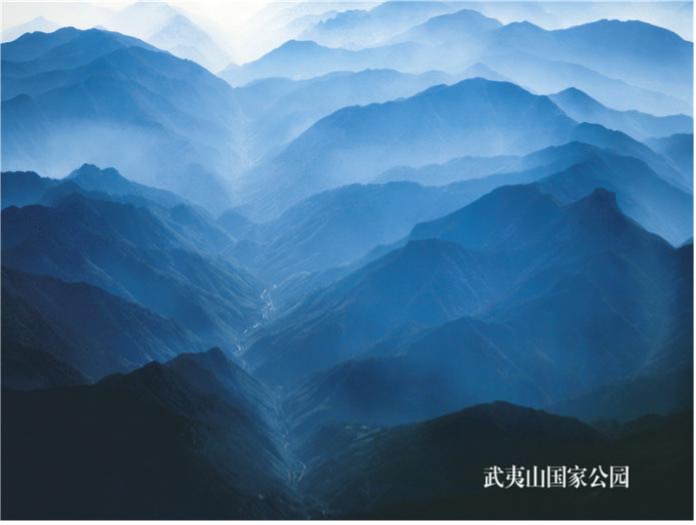
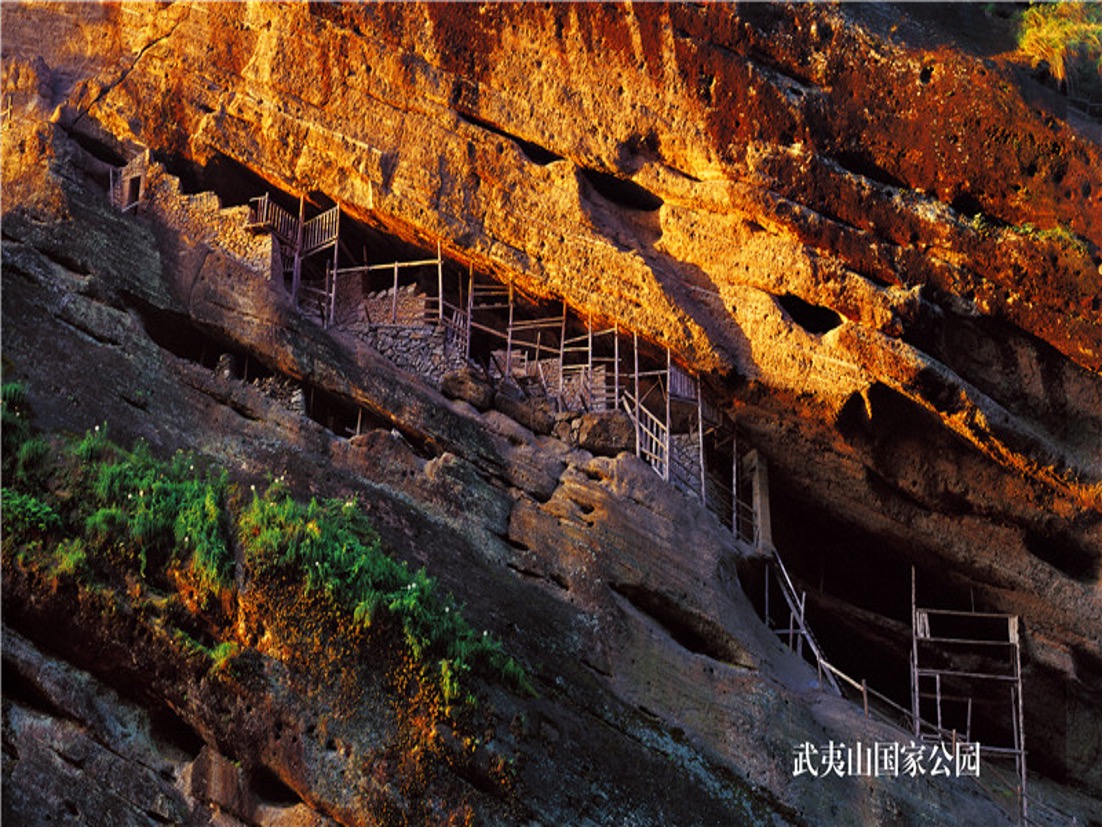
Research assistants
Qidi Fan
Qidi Fan (樊启迪)
MTM-China Cohort 9
An outgoing Wuhan girl who is a foodie and loves traveling, painting, and playing the piano.
Jiaying Chen
Jiaying Chen (陈佳莹)
MTM-China Cohort 9
A cheerful girl from Xianning that loves singing, dancing, and baking.
Tianyu Weng
Tianyu Weng (翁天瑜)
MTM-China Cohort 9
I am quiet, laid-back, and free-spirited. I like traveling in my leisure time. My research interests are rural and festival tourism.
Great Wall National Park (北京长城国家公园)
Beijing
Date established: November 2017
Website (Chinese): http://www.badaling.cn/
Overview:
The Great Wall is a representative cultural heritage in China. It is the only national park in China with world cultural heritage as its core resource. The Great Wall is the preservation and symbol of Chinese history. It is the crystallization of ancient Chinese working people. It is also a symbol of ancient Chinese culture and the pride of the Chinese.
Tourism attractions:
Sustainability issues:
- Ecological Protection – strengthen the protection and management of plants and vegetation around the Great Wall, and maintain the natural ecological resources of the Great Wall
- Publicity – expand the marketing and publicity of the Great Wall, so that people everywhere can better understand and appreciate what it is and represents
- Tourist Behavior – punish tourists (domestic or international) who affect the ecological environment and safety of the scenic spot
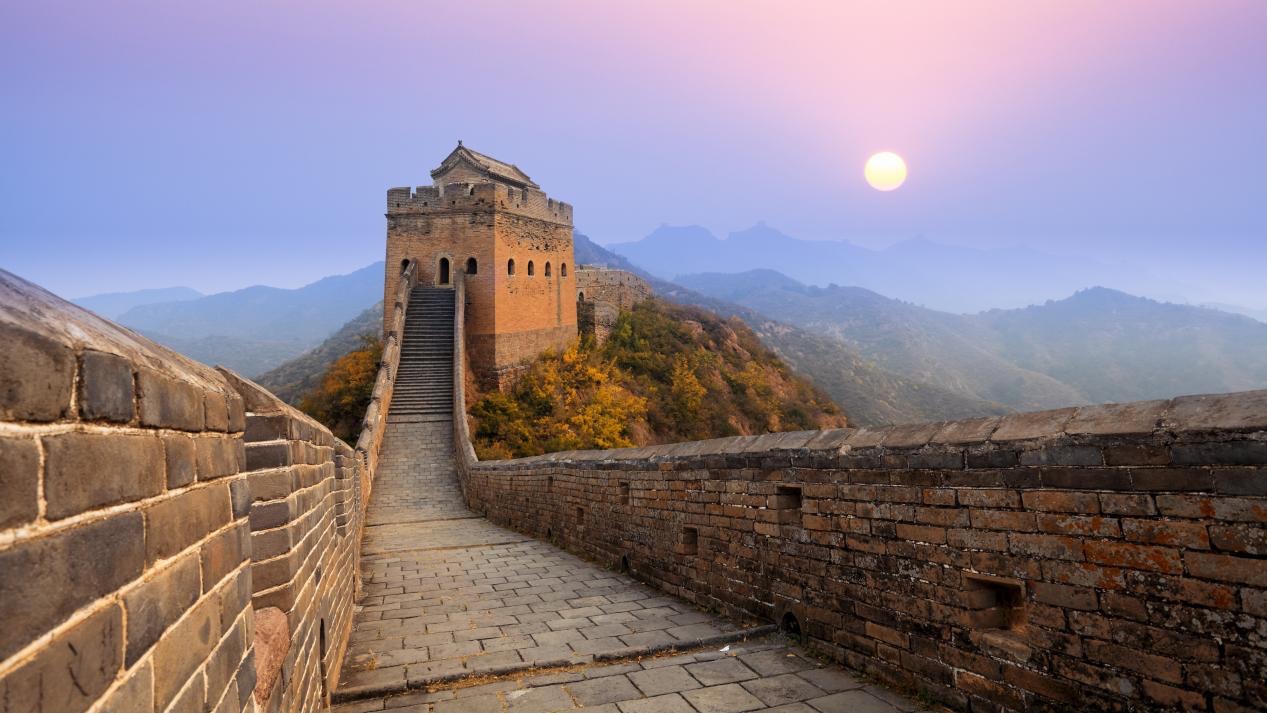
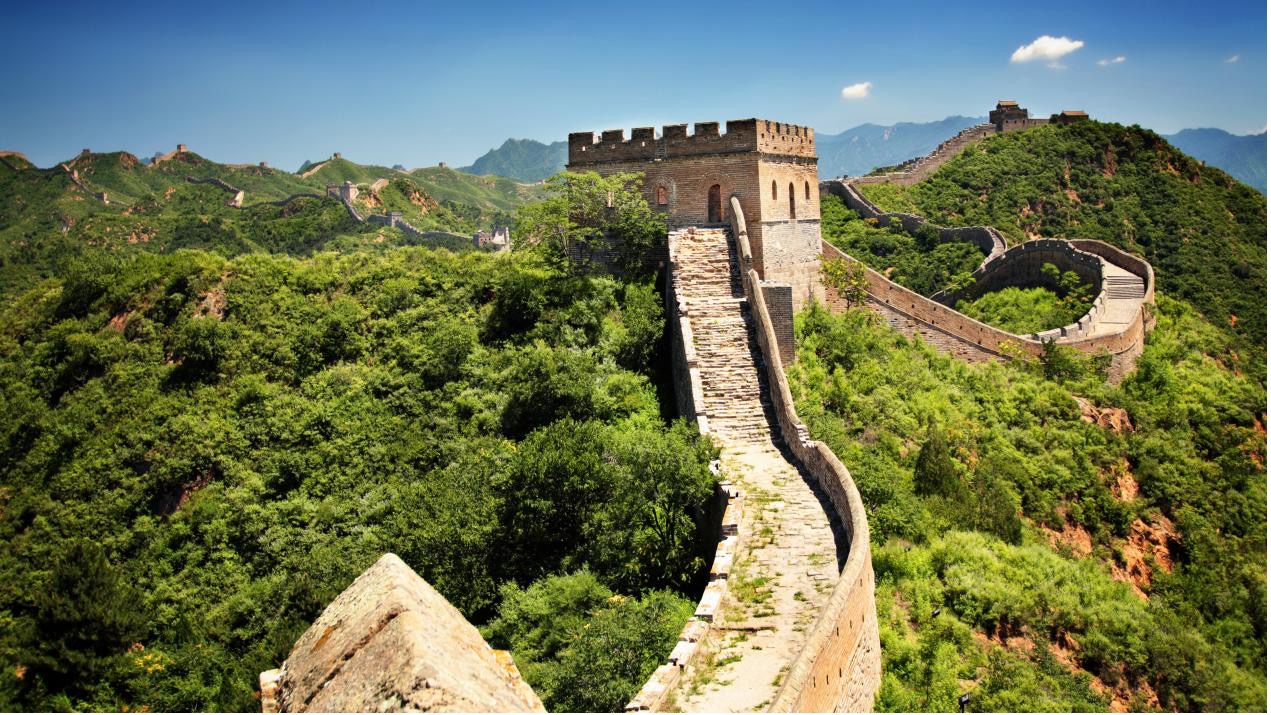
Research assistants
Qi Shen
Qi Shen (沈琪)
MTM-China Cohort 9
A tourism student from Xiaogan city, Hubei Province.
Zeqi Jin
Zeqi Jin (靳泽琪)
MTM-China Cohort 9
A tourism student from Wuhan, Hubei Province.
Xu Liu
Xu Liu (柳絮)
MTM-China Cohort 9
A mountain climber from Jingzhou, Hubei Province. My study focus on rural tourism and human settlements.
Qilian Mountain National Park (祁连山国家公园)
Gansu and Qinghai Provinces
Date established: October 29, 2018
Website (Chinese): http://www.forestry.gov.cn/qls/index.html
Overview:
Located on the border of Gansu and Qinghai Provinces, Qilian Mountain National Park conserves an area of 50,200 square kilometers within the Qilian Mountain region. This national park was established in October 2018 to protect forests, grasslands, glaciers, deserts, and other ecosystems.
Tourism attractions:
Sustainability issues:
- Environmental protection – restore the fragile ecosystem
- Tourism development – it’s challenging to develop and promote tourism when the economy is depressed; develop tourism to improve community livelihoods
- Poverty alleviation – motivate local residents to participate in tourism


Research assistants
Xiaohan Wei
Xiaohan Wei (韦笑涵)
MTM-China Cohort 9
A bibliophile and travel enthusiast, from Shangluo, Shaanxi Province. I am interested in cultural heritage tourism.
Mingzi Liang
Mingzi Liang (梁明子)
MTM-China Cohort 9
My friends and I made a video about Chinese national parks and we hope you like it.
Xinyue Cui
Xinyue Cui (崔馨月)
MTM-China Cohort 9
A striver who yearns for freedom and the sea.
Muwenjie Xiong
Muwenjie Xiong (熊牟文洁)
MTM-China Cohort 9
You can call me Bear, and I like traveling and reading poetry.
